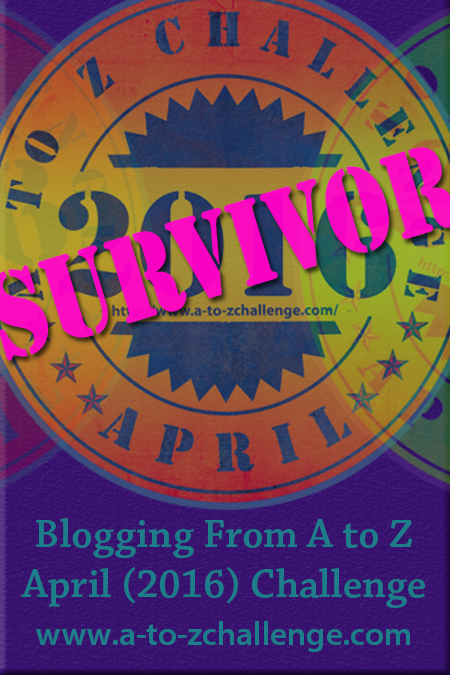53°34.683’N, 128°48.323’W
Disclaimer: This blog article is not to be used for navigation. It is purely an account of our personal
experience in Gardner Canal
This is our sixth season sailing
the waters of British Columbia Inside
Passage to the West Coast
of Vancouver Island. And Gardner Canal Inside Passage , it’s by no means a detour: Gardner Canal
So, what’s the catch?
Well . . . paper charts are very difficult to
find. It’s remote and there’s no VHF
reception, so you need either a sideband radio or satellite phone in case of an
emergency and for weather information.
The anchorages are deep and steep-to requiring more skill to anchor in
than most. The fresh, glacial waters can
wreak havoc with depth sounders and hide hazards in the water. Mist and fog are common in the summer, so it
may take days of waiting for skies clear enough to actually see the
mountains. But if you’re prepared and
have a boat with gear that can handle the environment, it’s an opportunity not
to be missed.
The canal, a 46-nautical mile fjord that runs
southeastward into the mainland, is divided into five legs, or reaches. From mouth to head, they are: Alan, Europa,
Barrie, Whidbey and Egeria. At the head
of the canal lies the Kitlope Valley Collins Bay Triumph Bay Europa Bay Owyacumish Bay Kemano Bay Chief Mathews Bay
Alan Reach has been heavily logged in the past and
held little appeal for us, so we skipped Collins Bay, Triumph Bay and Kiltuish
Inlet (which sounded appealing but is protected by a shallow, rocky entrance
and rapids) and went straight to Europa Bay, situated along the north side of
the canal between Shearwater and Europa Points.
The small bight is open to the winds blowing in the canal and the
holding is reported to be poor in rock, but BC Parks has set up two mooring
buoys marked “Private” that are for public use.
The anchorage itself isn’t overly beautiful or interesting but what
makes it worthwhile are the hot spring pools located along the western side of
the bay . . . they’re lovely.
 |
| Cambria tied to a mooring in Europa Bay. |
Once past Alan Reach, the logging ends and the real
journey begins. The landscape seems to
grow with every mile and just when you think the view couldn’t possibly get any
better, you turn a corner and another incredible vista, more amazing than the
last, unfolds right before your eyes. In
and amongst all of this, at the junction of Europa and Barrie Reaches, lies the
next anchorage – Owyacumish Bay
Setting the anchor can be a little tricky – the
bottom is steep-to and shoals quickly at the head of the bay but the holding is
good in soft mud near the eastern wall in depths of 30 to 40 metres (99 to 132
feet). Once anchored, you’re surrounded
by incredible views: a large waterfall along the northeastern shore, the Brim River Valley Gardner Canal
 |
| Cambria at anchor in Owyacumish Bay - a slice of heaven on earth! |
Five nautical miles down inlet from Owyacumish Bay Kemano Bay Chief Mathews Bay
 |
| Leaving Kemano Bay behind and making our way up Whidby Reach. |
The bay, which is actually a side-inlet, is large
and culminates in a valley backed by glacial-capped mountains. Waterfalls cascade down granite faces along
both sides of the shore and snow packs down to the water are still evident late
into the summer months. The scenery in
here is among some of the best in Gardner Canal
The west side of the bay, near the mouth of the
river, is shallow and foul with deadheads but you can anchor along the east shore
off a small creek, south of the landslide, in 20 to 30 metres (66 to 99 feet)
where the holding is good in mud. The
anchorage feels somewhat exposed because of its size but, apart from the 10
knots of inflow winds on our first night that caused a ripple on the water, the
conditions were calm during our five day stay.
 |
| Our friends aboard Salubrious leaving Chief Matthews Bay. |
Price
Cove (53°16.16’N, 127°56.90’W)
From Chief Mathews Bay
 |
| Stunning Price Cove. |
We’d planned to drop a lunch hook and spend a
little time at the head of Gardner Canal Kitlope Valley Kitlope Valley
 |
| The Kitlope Valley. |
To be honest, neither David nor I really knew what
to expect from Gardner Canal Gardner Canal
And we hope you are too.









2 comments
Your shared blog is very informative. You have provided much detail in your blog post. I just visited the Kemano Bay before my us west coast bus tours. But after reading your inspiring blog, now I decided to visit the Chief Mathews Bay and Kitlope Valley to enjoy the beauty of nature.
ReplyDeleteYou won't regret it! If you do make it down to Kitlope, we met a lady recently who said there's a First Nation Village up the river. I imagine a person would need permission to visit but that could be arranged in Kitimaat or (possibly) Kemano.
Delete